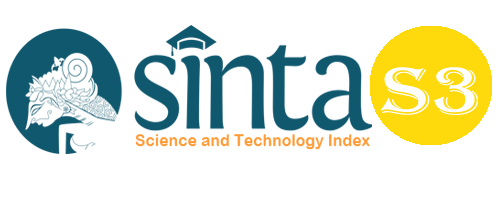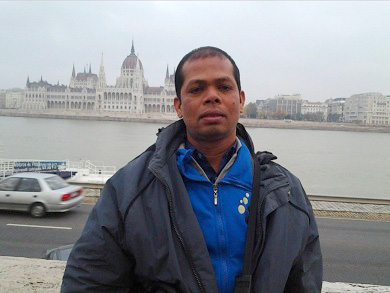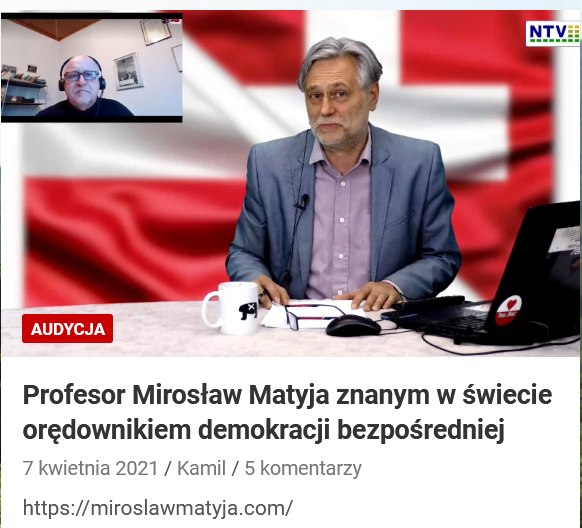An Analysis of Integrated Practicum Demands of Virtual Lab Models in Hydrocarbon Materials
Abstract
This study aims to determine the effect of the implementation of a practical guide to interact with a virtual laboratory model on students' understanding of practicing on hydrocarbon materials. Students' understanding is included in the dimensions of cognitive and affective processes. This research was conducted at the Percut Sei Tuan Pure Pure Private High School in the odd semester of the 2018/2019 school year. The research method used was quasi experimental design with pretest-posttest control group design. Sampling was done using purposive sampling technique. The sample in the study were students of class XI MIA 2 as an experimental group with learning using virtual laboratories and students of class XI MIA 1 as a control group using conventional learning. The sample in each group amounted to 36 people. Data retrieval is done using a description of students' concept understanding. Data analysis using independent sample T-Test test obtained t count of 3.021 with t table 2.045 means that t count> t table and significant value 0.004 <0.05. Then Ho is rejected and H1 is accepted at a significant level of 0.05 so it is concluded that there is a significant difference between the average posttest value of the experimental group and the control group. This shows that there is an effect of applying virtual laboratories to students' concept understanding.
Keywords
Full Text:
PDFReferences
Anonim. 2016. Pengembangan Media Pembelajaran Pada Dunia Pendidikan. [online].
http://mas-boy69.blogspot.co.id/. Diakses pukul 20.05 pm tanggal 20 Januari 2016.
Arsyad, A. 2013. Media Pembelajaran. PT Raja Grafindo Persada. Jakarta.
Carnevale, D. 2003. The Virtual Lab Experiment. The Chronicle of Higher Education.
Dalgarno, B., A. G. Bishop, W. Aadlong, dan D. R. Bedgood Jr. 2009. Effectiveness Of a
Virtual Laboratory as a Preparatory Resource For Distance Education Chemistry
Students. Computers & Education An International Journal.
Herga, N. R., Cagran, B., dan Dinevski, D. 2016. Virtual Laboratory in the Role of Dynamic
Visualisation for Better Understanding of Chemistry in Primary School. International Journal
of Mathematics, Science & Technology Education.
Jaya, H. 2011. PengembanganLaboratorium Virtual untuk Kegiatan Praktikum dan
Memfasilitasi Pendidikan Karakter di SMK. Jurnal Pendidikan Vokasi.
Parno, D dan D. P. Ninditya. 2008. Desain dan Implementasi Laboratorium Maya (V-Lab)
Aplikasi Modul Lensa Optik untuk Membantu Pelaksanaan Praktikum Fisika. Jurnal
Informatika Komputer.
Pujiati, A. dan Nurhayati. 2012. Pengaruh Model Pembelajaran (Berbantuan Laboratorium
Virtual) dan Minat Belajar Tehadap Kemampuan Berpikir Kreatif Kimia. Jurnal
Universitas Indraprasta PGRI. Jakarta .
Sugiyono. 2011. Metode Penelitian Pendidikan : pendekatan Kuantitatif, Kualitatif, dan R&D.
Alfabeta. Bandung.
Tim Penyusun. 2006. Panduan Penyusunan Kurikulum Tingkat Satuan Pendidikan Jenjang
Pendidikan Dasar Dan Menengah. Badan Standar nasional Pendidikan. Jakarta.
Tim Penyusun. 2014. Permen Nomor 59 tentang Kurikulum SMA, Karakteristik Mata
Pelajaran Kimia Lampiran III 10d tentang Mapel Peminatan Kimia. Kementrian
Pendidikan dan Kebudayaan RI. Jakarta.
Tim Pascasarjana UNIMED, (2010), Pedoman Administrasi dan Penulisan Tesis &
Disertasi. Medan: Program Pascasarjana UNIMED
DOI: https://doi.org/10.33258/birci.v1i3.52
Article Metrics
Abstract view : 273 timesPDF - 239 times
Refbacks
- There are currently no refbacks.

This work is licensed under a Creative Commons Attribution 4.0 International License.

This work is licensed under a Creative Commons Attribution-ShareAlike 4.0 International License.

_.gif)

















_.gif)



